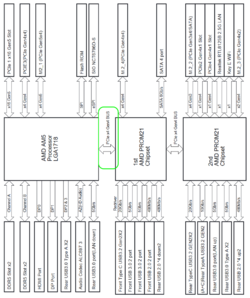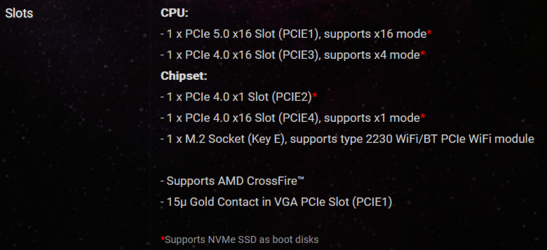- Joined
- May 7, 2011
- Location
- Cook->Kent
More of a rant here than anything.
I’ve only ever built HEDT systems for the most part on both sides of the camp. And those I haven’t have been relatively bare-bones setups for the Mrs. So imagine my surprise when I’m looking to build a somewhat actual dedicated gaming platform only to find that what I actually want doesn’t exist.
Quick setup.
I‘ve recently acquired a 10-ish year old Nu-Gen arcade. Was their “elite” system back in the day, but quite old. Nothing wrong with it per-se, but figure I'm going to give this thing a massive shot in the arm. I've got an old 2080ti to recycle, and since I was going to build a new system, why not go new new. I started to convert the 2080 back to air, realized I'd mucked up all the old thermal pads then said screw it, I'll WC this thing.
I've got a 16TB "package" from Arcadesystems.co.uk, and also figure I will do some current PC games here. Only at 1080 resolution for the moment, so the 2080ti is more than enough. As I also want this thing to be as fast as possible, I did 4x 4TB NVMe SSDs, intending to leverage my Asus Hyper caddy, plus one for boot. Then it all went to pot (as they say out here).
Don't care about PCI-E 5, but didn't realize how limited the rest of the connectivity was on this platform. Opted for the ASRock X670E PG Lightning. The second x16 slot actually only being a x4 annoyed me. All the M.2 slots are inconsistent, some being only x2. The daisy chain of chipsets...what a cluster.
I really screwed myself by not researching, but for a new spec platform, it's crap. Utter crap. Why it's as limited as it is is beyond me. In the immediate term, I suppose it's "good enough," but man...
Will possibly end up with an AM4 platform, if that. May scrap AMD altogether depending on what I can actually find.
To add insult to injury, had a water leak while leak testing the GPU. Inlet block didn't seat correctly. I'd used older DI water I had which may have become less DI'd over time with some Mayhems X1. Dried the board extensively...and it's deader than a doornail. Not a single light or any other sign of life on the thing. Awaiting some IPA spray to ensure that no remaining residue is conductive, but I probably screwed the pooch here. First time that's ever happened like that.
I’ve only ever built HEDT systems for the most part on both sides of the camp. And those I haven’t have been relatively bare-bones setups for the Mrs. So imagine my surprise when I’m looking to build a somewhat actual dedicated gaming platform only to find that what I actually want doesn’t exist.
Quick setup.
I‘ve recently acquired a 10-ish year old Nu-Gen arcade. Was their “elite” system back in the day, but quite old. Nothing wrong with it per-se, but figure I'm going to give this thing a massive shot in the arm. I've got an old 2080ti to recycle, and since I was going to build a new system, why not go new new. I started to convert the 2080 back to air, realized I'd mucked up all the old thermal pads then said screw it, I'll WC this thing.
I've got a 16TB "package" from Arcadesystems.co.uk, and also figure I will do some current PC games here. Only at 1080 resolution for the moment, so the 2080ti is more than enough. As I also want this thing to be as fast as possible, I did 4x 4TB NVMe SSDs, intending to leverage my Asus Hyper caddy, plus one for boot. Then it all went to pot (as they say out here).
Don't care about PCI-E 5, but didn't realize how limited the rest of the connectivity was on this platform. Opted for the ASRock X670E PG Lightning. The second x16 slot actually only being a x4 annoyed me. All the M.2 slots are inconsistent, some being only x2. The daisy chain of chipsets...what a cluster.
I really screwed myself by not researching, but for a new spec platform, it's crap. Utter crap. Why it's as limited as it is is beyond me. In the immediate term, I suppose it's "good enough," but man...
Will possibly end up with an AM4 platform, if that. May scrap AMD altogether depending on what I can actually find.
To add insult to injury, had a water leak while leak testing the GPU. Inlet block didn't seat correctly. I'd used older DI water I had which may have become less DI'd over time with some Mayhems X1. Dried the board extensively...and it's deader than a doornail. Not a single light or any other sign of life on the thing. Awaiting some IPA spray to ensure that no remaining residue is conductive, but I probably screwed the pooch here. First time that's ever happened like that.

